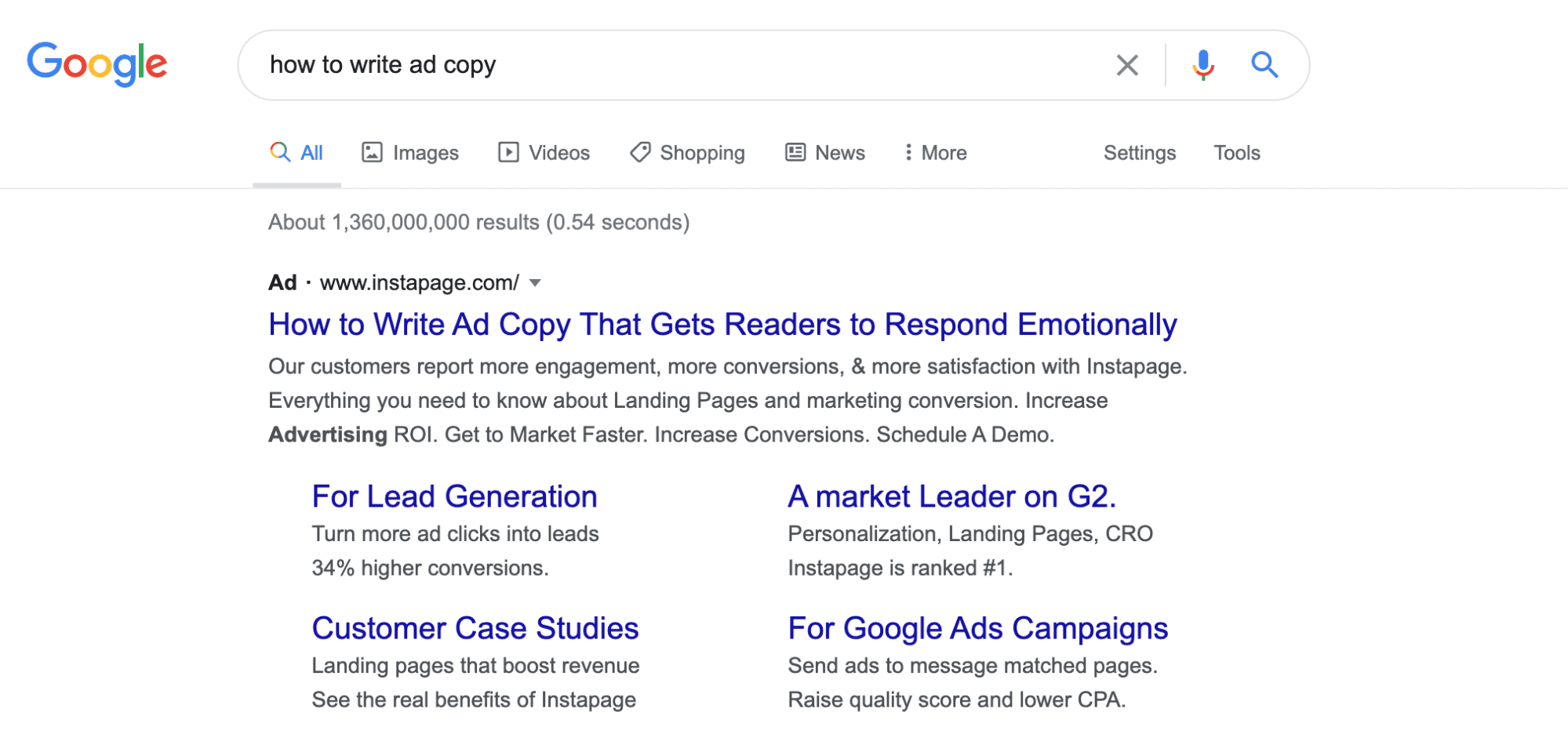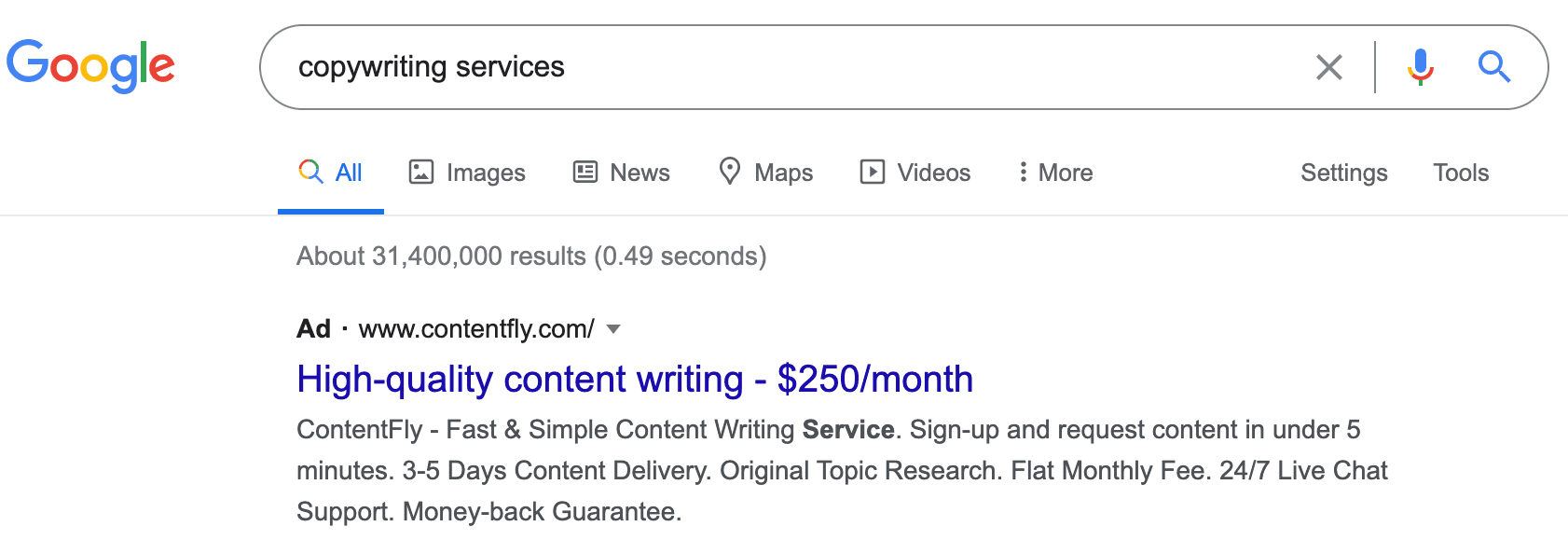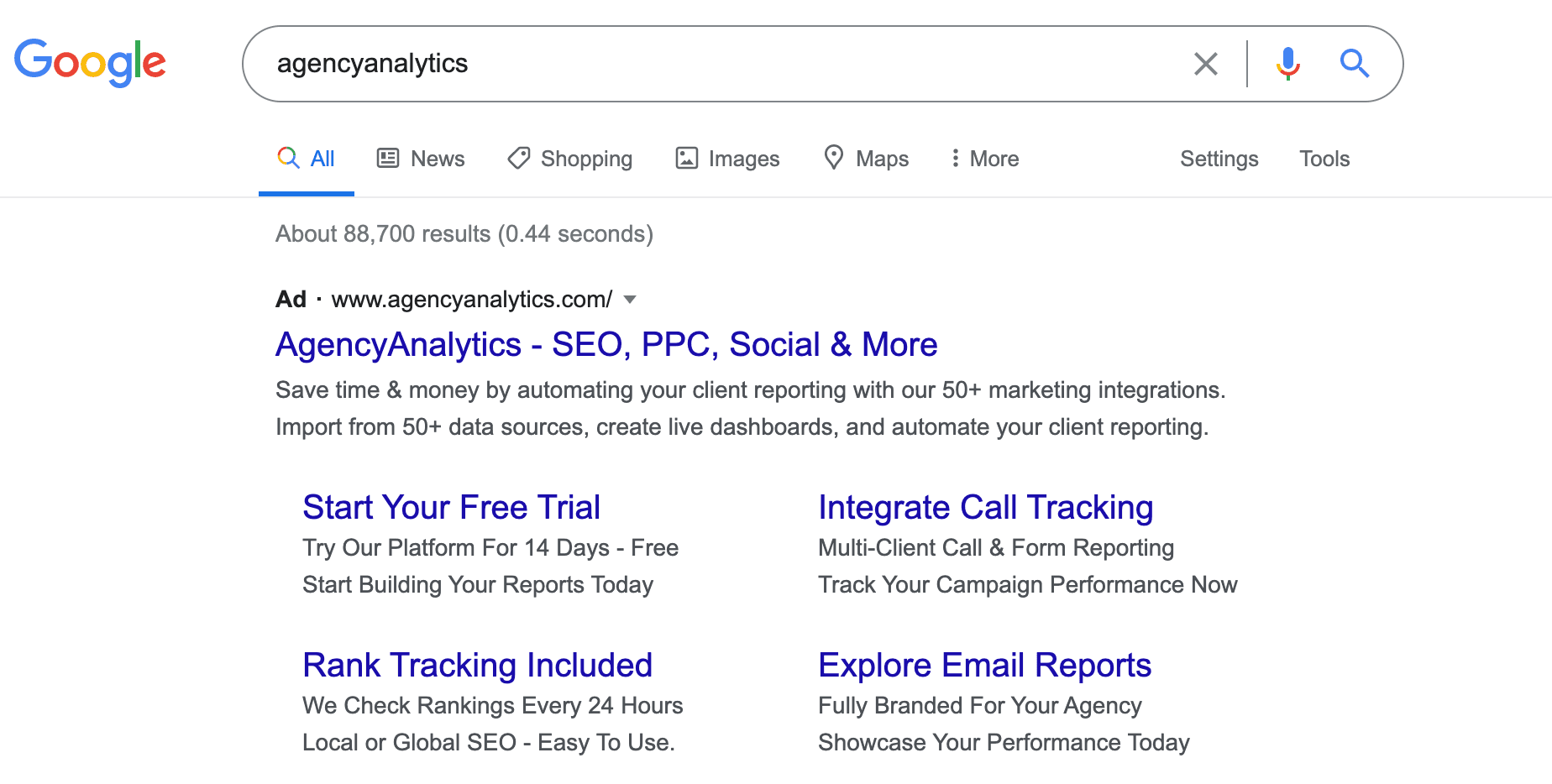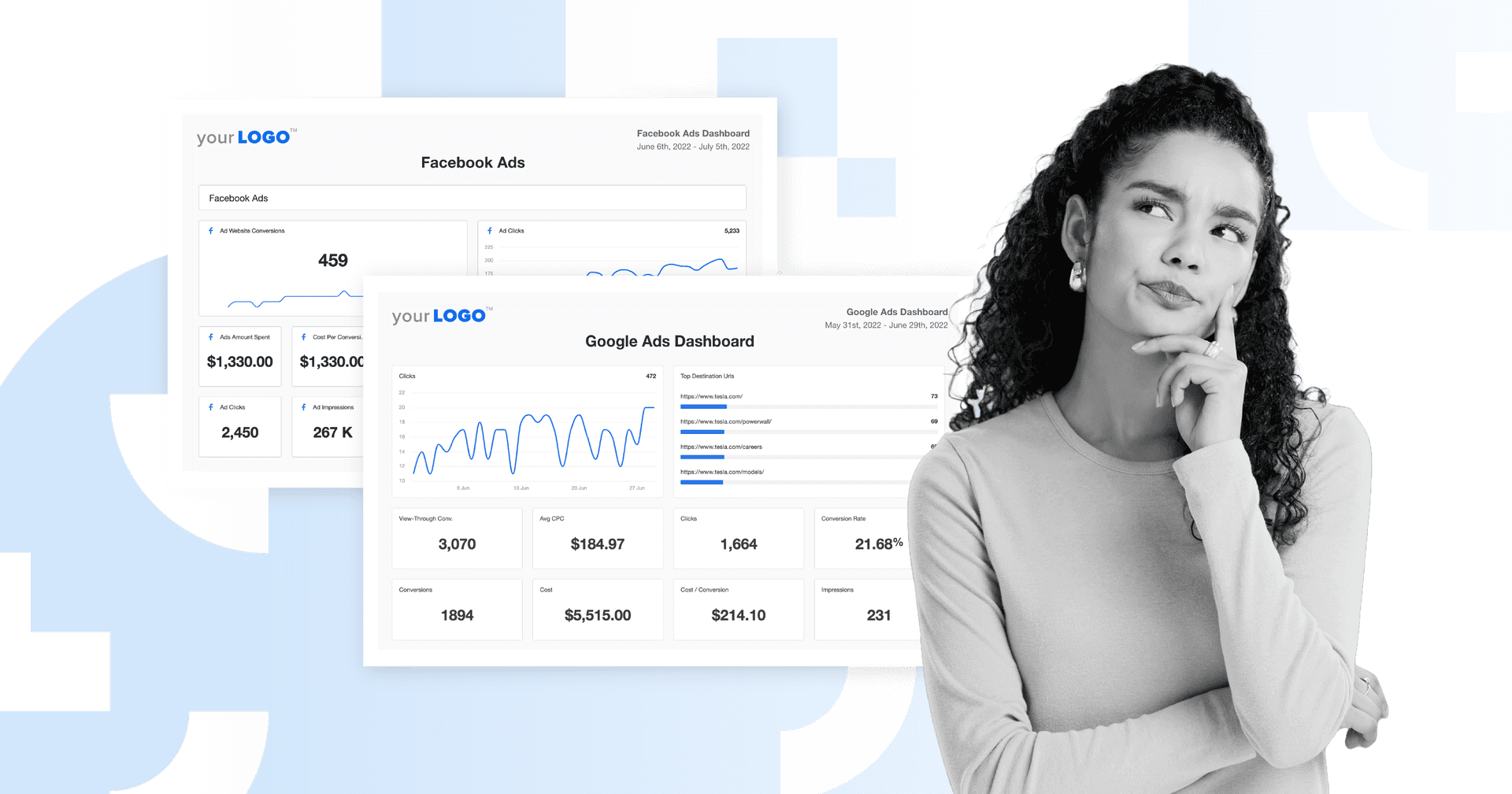Table of Contents
QUICK SUMMARY:
Google Ads copy is the text used in Google Ads to attract and engage potential customers. Effective ad copy is so improtant to achieve high Quality Scores, click-through rates (CTR), and conversion rates. This article outlines six strategies to craft compelling Google Ads copy and offers actionable tips to improve ad performance and optimize campaign results.
Whether you’re completely new to the world of Google Ads or a seasoned veteran, writing effective ad copy can be one of the most challenging tasks for marketers.
In fact, it’s often said that ad copy is one of the most important differentiators of a successful ad, regardless of the platform. With only 30 characters in the headline and 90 for the description, Google Ads forces you to get creative with very limited space in order to stand out from the competition.
Luckily, just like other aspects of online advertising, there are strategies that can drastically help improve your ad copy that will lead to higher Quality Scores, click-through-rates, and conversion rates.
In this guide, we’ll discuss 6 strategies you can use to write compelling ads copy to optimize your Google Ads.
Let’s get started.
1. Match Your Ad Copy with User Intent
This may seem obvious, but when it comes to Google Ads, copywriters often lose sight of the fact that their potential customers came to the search engine with an end goal in mind. Unlike social media where users typically aren't there for a specific purpose, search intent means that people ultimately want to find a solution to their problem or answer to their question.
As Brian Dean from Backlinko puts it:
Search Intent (also known as “User Intent”) is the main goal a user has when typing a query into a search engine. Common types of Search Intent include informational, commercial, navigational and transactional.
While this term is typically used for SEO, it matters just as much for search advertising. By speaking directly to the user’s search intent, not only will your ads typically get a higher click-through rate, but Google may also increase your ads quality score, which can lead to lower prices and better ad positions.
Reviewing a Real-World Example
Let’s look at a real-world example of matching ad copy with user intent with a search query related to this article. As you can see below, here’s what came up after searching for “how to write ad copy”:

Here we can see the landing page software Instapage not only spoke directly to my query in the headline, but also addressed other common questions about ad copy I may have in the description—such as lead generation, increasing engagement, and getting more conversions. We can also see they’ve done a great job of using ad extensions, which is another tactic we’ll discuss below.
2. Focus on Benefits, Not Features
This is another common piece of marketing advice that’s all too often overlooked when writing ad copy. First off, a feature is something that the product has, whereas a benefit is the end-result your customer receives from using the product. As Starttech Ventures puts it:
Ask not what your customer can do for you, but what your product can do for your customer.
In other words, selling features is logical whereas the benefits are emotional selling points. As Inc.com highlights, the six emotions that influence buying decisions the most include greed, fear, altruism, envy, pride, and shame. Of course, you need to be careful with how you approach each of these emotions, although in general, successful ad copy will create or augment one or more of these emotional states.
3. Use Numbers, Statistics, and Data in Your Ads
Another effective copywriting strategy is to include numbers, data, and statistics in your headlines and description. Keep in mind that referencing yourself as the “#1 company for XYZ” isn’t what we mean here—in fact, you generally want to stay away from baseless claims like that. Instead, including things like the price, delivery time, or other informative statistics give your prospect the information they need to know whether the product or service is relevant to them.
For example, the on-demand content marketing service Contentfly does a great job of this for the search term “copywriting services”. Below you can see the ad includes the starting price, the content delivery time, and how it takes less than 5 minutes to sign up:

Here we can see that instead of using industry jargon they’ve told the user exactly what to expect from their service and have ultimately increased their credibility by doing so.
4. Personalize Your Ad Copy
Even though we’re writing ads that will typically be seen by a very large audience, you still want to try and personalize your copy by speaking directly to the individual—in other words by speaking directly to ”you”. It would be nice if we could personalize ads with the visitor’s first name, but unfortunately, Google isn’t quite there yet. In the meantime, instead of talking about what “we” do at “our” company, focus on the customer.
Below you can see GetResponse does this very well for the term “marketing funnel software”, as their ad copy focuses on “getting paid for what you know how to do” and “to sell your products and earn you money”:

This is a subtle difference, but switching the focus from your company to the customer’s needs can go a long way.
5. Use Keyword-Rich Ad Extensions
Adding keywords to your ad extensions is another tactic to not only provide more information to the prospect, but they also take up much more real estate in Google and make your ad stand out more than the competition. As Google puts it:
To maximize the performance of your text ads, Google Ads selects which extensions to show in response to each individual search on Google. For that reason, it’s a good idea to use all the extensions relevant to your business goals.
Ad extensions are also a great place to include a call-to-action (CTA) in order to tell the searcher exactly what their next step should be. There are a number of ad extensions you can use, but as you can see below in our own ad we’ve used sitelink extensions in order to take users to different pages of our website that may be more relevant to their specific needs, such as call tracking integrations, rank tracking, and email reports:

6. Constantly Test, Iterate, and Optimize Your Copy
Just like every other form of marketing, writing effective PPC ad copy is a constant process of testing, iterating, and optimizing. Many PPC advertisers endlessly debate and worry about the technical details of advertising, although when it comes down to it, effective ad copy can often mean the difference between the success or failure of a PPC campaign.
As Unbounce highlights in their article on Google Ads, you can test different psychological approach to ad copy such as:
Features vs. benefits
Problems vs. solutions
Testimonials and review
The best way to do this with Google ads is to simply launch multiple variations of the same ad within each ad group and keep testing until you find the best-performing copy.
Summary: Writing Compelling Google Ads Copy
Writing copy for Google Ads is a highly iterative practice that requires continuous testing. At the end of the day, one of the most important tactics to remember is that your PPC ads are speaking directly to individual people. This means you should avoid industry jargon and address their questions, concerns, and desires.
Since copywriting requires constant optimization, measuring your results is key to success. One way you can monitor your results is with a dedicated Google Ads reporting dashboard, which is designed to quickly understand how well each campaign is performing and which ones need attention. You can preview the Google Ads dashboard template here and use it to track key metrics such as clicks, conversion rate, and quality score—all of which are indicative of ad copy performance.

Written by
Peter Foy is a content marketer with a focus on SaaS companies. Based in Toronto, when he’s not writing he’s usually studying data science and machine learning.
Read more posts by Peter FoySee how 7,000+ marketing agencies help clients win
Free 14-day trial. No credit card required.






